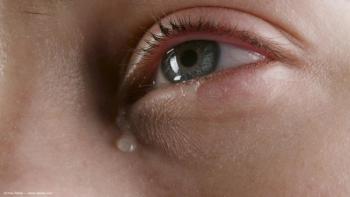
AAO 2025: Which lens to consider in patients with pseudoexfoliation
John P. Berdahl, MD, discusses advanced lens options for patients with pseudoexfoliation, highlighting considerations for successful longterm outcomes.
Note: Video captions are generated with the assistance of AI and may contain errors.
John P. Berdahl, MD, a surgeon at Vance Thompson Vision and a professor at the University of South Dakota, spoke on the lens implantation strategies for patients with pseudoexfoliation at the 2025 American Academy of Ophthalmology meeting held in Orlando, Florida.
His presentation covered the nuanced approach to selecting advanced intraocular lenses for pseudoexfoliation patients. While data supports using various lens technologies, including toric, multifocal, and extended depth of focus lenses, careful consideration is crucial. Key surgical considerations include:
- Ensuring a solid capsular bag,
- Checking pupil size for adequate light delivery,
- Potentially using capsular tension rings to maintain lens orientation, and
- Preparing for potential future lens adjustments.
A critical focus is the impact of glaucoma, which can accompanies pseudoexfoliation. Berdahl emphasizes the complex interaction between lens technology and contrast sensitivity. While multifocal and extended depth of focus lenses slightly reduce contrast sensitivity, mild glaucoma minimally affects visual quality. However, moderate glaucoma significantly complicates lens selection. Berdahl says that
- Toric lenses remain acceptable for astigmatism correction,
- Carefully evaluate patient's glaucoma severity,
- Balance lens technology with individual patient needs, and
- Prioritize long-term visual function.
The overarching goal is to help patients maintain optimal visual performance throughout their lifetime. By thoughtfully selecting and implementing advanced lens technologies, surgeons can effectively address the unique challenges presented by pseudoexfoliation patients. The key is a comprehensive, patient-centered strategy that weighs technological benefits against potential risks. Ultimately, Berdahl underscores the importance of surgical expertise, technological understanding, and individualized patient care in managing complex ophthalmic conditions like pseudoexfoliation.
Newsletter
Don’t miss out—get Ophthalmology Times updates on the latest clinical advancements and expert interviews, straight to your inbox.








































